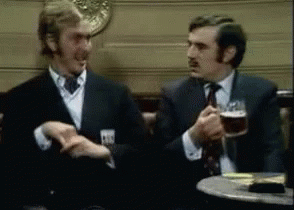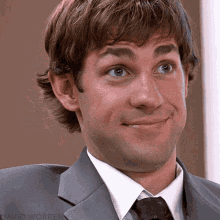Extreme Enginerding: The Economics of 50/50 Draws (mikerobe007.ca)
50/50 draws are maybe justified in the sense that the money primarily goes to charities, but as an investment (or even just a source of gambling for fun) they're really probably one of the worst things you can do.
Any gambling enterprise where the entire brand is "how bad the odds are", you can avoid.
Fun fact: the mob used to run what were called "numbers rackets". They couldn't actually do lottery drawings, so they'd say like "the first digits in the stock prices on the 15th, 25th, and 35th listing in tomorrow's NY Times will be the three digit winner" and you would bet on that one-in-one-thousand chance would be.
Nowadays, we know that this doesn't actually give you a true random experience, but for anyone unsophisticated enough to gamble with the mob, it was close enough to a random number.
The mobsters prize? $700 for your $1 bet. With a 1-in-1k chance to get paid $700 for the $1 you paid, that's a return of 70 cents returned on the dollar.
Part of the justification that the feds gave for shutting them down? They were oppressively unfair to the players.
Now, fast forward to the year 2022, where 50/50 lotteries obviously don't return 70 cents on the dollar.
Number of USA state lotteries that return at least 70 cents on the dollar? Zero.
Even in Nevada, where they will literally have one waitress hold your jaw open, a second pour the whiskey down your gullet and a third acting as a spotter, as long as you can make your bet in 15 seconds? It's illegal to pay back less than 75 cents on the dollar.
Hopefully this frames what a colossal rip-off 50/50 lotteries are.
Instead of $10 in 50/50 tickets, ask yourself if you really support the charity? If so, and you really feel that sawbuck burning a hole in your pocket, then donate $5 to that charity, and spend the other $5 on a hot dog at the Dairi Wip or whatever. You'll thank me later.




